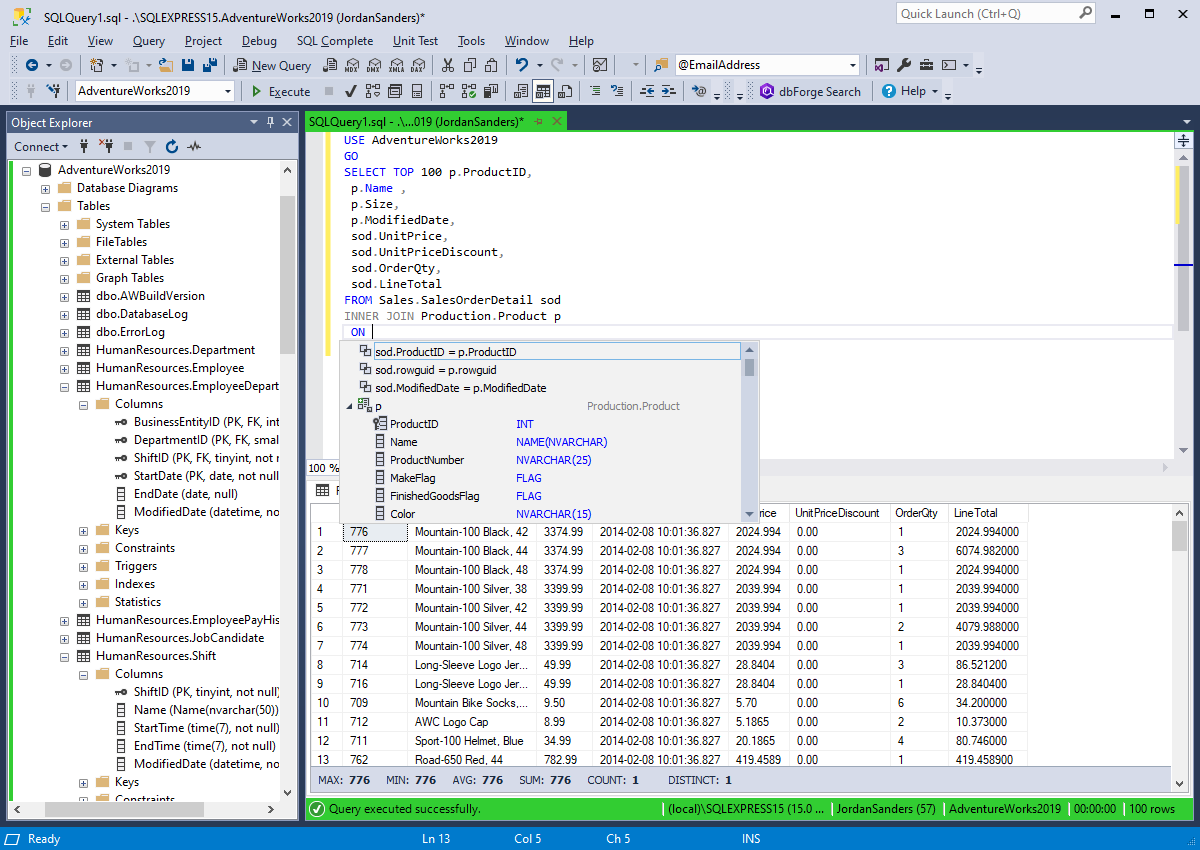Types of SQL JOINS Explained with Examples
JOINS fundamentals
In relational databases, such as SQL Server, Oracle, MySQL, and others, data is stored in multiple tables that are related to each other with a common key value. Accordingly, there is a constant need to extract records from two or more tables into a results table based on some condition. In SQL Server, this can be easily accomplished with the SQL JOIN clause.
JOIN is an SQL clause used to query and access data from multiple tables, based on logical relationships between those tables.In other words, JOINS indicate how SQL Server should use data from one table to select the rows from another table.














